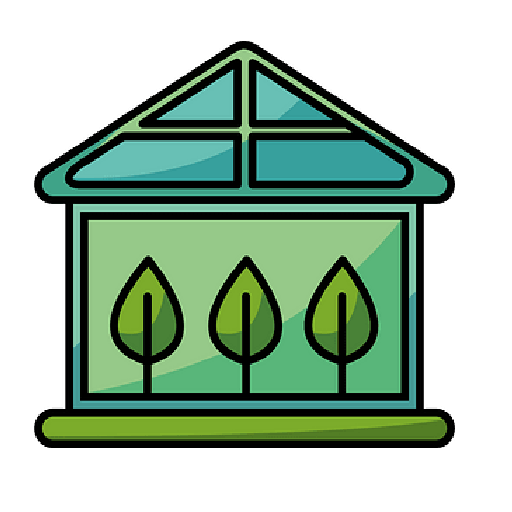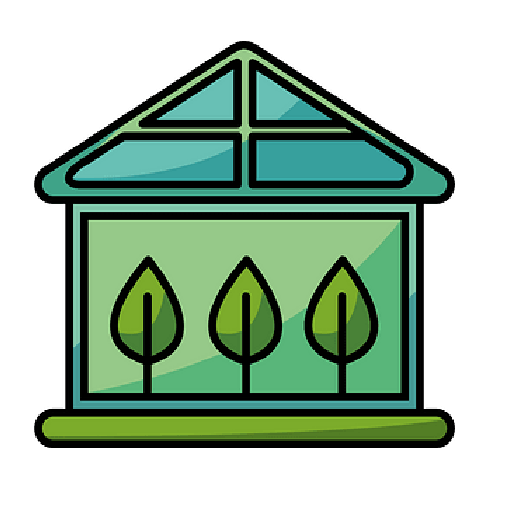A greenhouse is basically a very simple thing. By means of glass or plastic, the energy of the sun is trapped in the air and the ground in order to heat an enclosed space which allows plants to develop optimally. While the principle of the thing is simply the devil, as they say, is in the details.
To get the most out of your greenhouse, you'll need a few supplies to make it an efficient system. Your goal is to create the best growing conditions for plants that don't normally thrive in northern latitudes or at high altitudes in an artificial environment. Your plants need warmth and humidity, but they also need ventilation because without good air circulation they can cause disease.
You also need to get as many plants as possible in the relatively small space of your greenhouse. Whether your goal is fruits and vegetables for the kitchen or exotic flowers for the home or display table, you need to get the most out of your greenhouse.
Otherwise, it becomes ineffective. The greenhouse is an intensive system.
Even if you rely solely on sunlight to heat your greenhouse and you don't have any form of supplemental heating, you will need to consider a range of equipment. You will definitely need a way to ventilate the greenhouse. On a sunny day, the greenhouse can get very hot and the plants will suffer. The easiest way is to get out and open the door and window. But if you work all day or plan to take a vacation, this is not a satisfactory solution. The answer is an automated greenhouse ventilation system.
Automatic ventilation can be as simple as an electronic mechanism that opens a window or a more elaborate ventilation system. It is operated by a thermostat. You can start with something basic and invest in a more elaborate system as you develop your greenhouse.
The same goes for watering. I can go out in the greenhouse with a watering can. But do I want to do it four or five times a day in high season? Even the most enthusiastic farmer would hesitate. No, an automated watering system is the solution even for a small greenhouse. It can be very simple. A passive system that uses capillary mats is inexpensive and easy to maintain. On a more complex level, there are drip tube systems that deliver water to plants.
Throughout the year, greenhouse cultivation will certainly need lighting. The lights will extend your growing season. There are a number of types available for greenhouses.
Bringing energy into the greenhouse is a feat. Have an electrician install an external power supply if you don't already have one. The control systems themselves can be built by enthusiastic hobbyists. Parts are available from appliance suppliers. Most of us would probably prefer to buy them off the shelf. They are a good long term investment as they will ensure the best conditions for your plants and give you a break.
You should also consider how you intend to grow your plants. Will the plants be placed in containers on benches or will they be grown in the ground? The plants will grow very well in the ground. But if you grow the same type of plant year after year in the same place, an accumulation of diseases can occur. The traditional solution to this problem has been to replace the soil in the greenhouse every year. This should have returned a break from work. The best solution is to use a growing medium that can be replaced annually. Commercial organic fertilizer is the perfect solution. They are generally light to handle because they are made from peat, or even better, coir or bark, both of which are sustainable resources.
Benches, or warm-up stages, are very useful. Young plants or seedlings can be placed on a higher level. It also provides space for mixing compost and repotting plants. If the greenhouse is to be used by someone with reduced mobility, this becomes even more important. A gardener with reduced mobility can derive great pleasure from a greenhouse if it is well planned. Good access is important for all gardeners, but especially for those with mobility issues. A good cobblestone path is essential to any greenhouse.







0 Comments